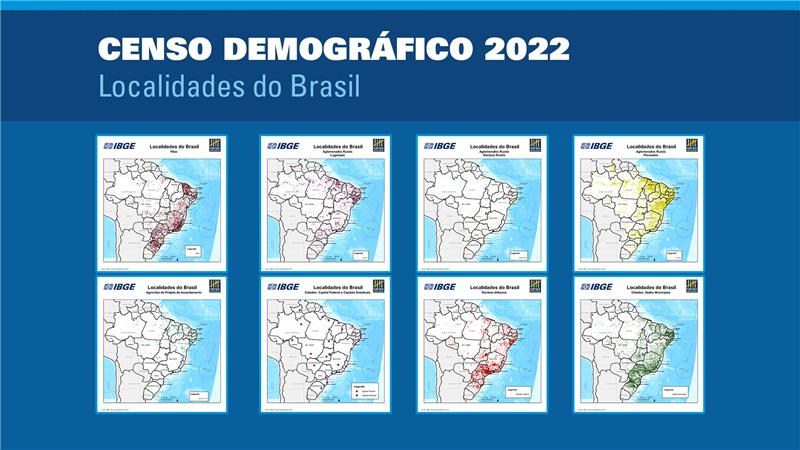Continuous PNAD
Unemployment hits 13.8% in quarter ending in July, highest rate since 2012
September 30, 2020 09h00 AM | Last Updated: September 30, 2020 03h06 PM

The unemployment rate in Brazil was 13.8% in the quarter from May to July 2020, the highest rate in the time series started in 2012. The index corresponds to an increase of 1.2 percentage points in relation to the previous quarter (February to April, of 12.6%). They are 2 percentage points more compared with the same quarter of 2019 (11.8%). The unemployed population hit 13.1 million persons, an increase of 4.5% (561 thousand persons) in relation to the same period of 2019.
The employed population retreated to 82 million, the smallest contingent in the time series. This population fell 8.1% (less 7.2 million persons) in relation to the previous quarter, and 12.3% (less 11.6 million) against the period between May and July 2019. Having hit 47.1%, the employment-population ratio was also the lowest one in the time series, dropping 4.5 percentage points against the previous quarter and 7.6 points against the same quarter of 2019.
The data came from the Continuous National Household Sample Survey - Continuous PNAD, released today (30) by the IBGE. Adriana Beringuy, an analyst of the survey, explains that the drops in the Covid-19 pandemic period were decisive for the negative records in this quarter ended in July. "The results of the last five releases show a huge retraction in the employed population. There were cumulative losses that led to these negative levels."
Workforce (employed and unemployed persons) is another indicator that is at the lowest level in the time series, which reached 95.2 million persons, a drop of 6.8% (or 6.9 million) against the previous quarter, and of 10.4% (or 11 million persons) in relation to the same quarter of 2019.
On the other hand, the population out of the workforce hit its record in the time series and reached 79 million persons, more 8 million in relation to the previous quarter and more 14.1 million against the same quarter of 2019. Nevertheless, the increase was lower than that in the quarter ended in June, when the gain was of 10 million persons. "The population out of the workforce increased a lot, though it increased less in July. It could point out a certain comeback of persons to work. The movements are still discrete compared with the entire period, but it is an indicative," adds Beringuy.
Discouragement hits record of 5.8 million persons
The contingent of discouraged people – those who did not look for a job, but would like to get a job position and were available to work – also hit a record and now adds up to 5.8 million. Discouragement remains increasing, though it increased less than in the previous quarter: 913 thousand people got discouraged in the moving quarter ended in June, against 771 thousand in the quarter ended in July.
For Beringuy, the pandemic inhibited the search for jobs and people tend to look for a job with the increasing relaxation of the quarantine. "Besides quitting jobs, the pandemic also inhibited their search, either due to restrictive measures or because the economic activities were canceled, or even due to personal health issues," states her.
Trade, Housing and food, and Industry have employment reduced in July
Compared with the quarter ended in April, the employed population decreased in eight out of the 10 activity groups surveyed by the Continuous PNAD and remained stable in two. Employment in Housing and food fell 23.2%, with less 1.1 million employed persons. Industry also dropped (-8%), which represented nearly 916 thousand persons less.
Construction (drop of 9.5% or less 559 thousand persons) and Trade (9.7% or less 1.6 million persons) showed smaller drops than in June, when they registered reductions of 16.6% and 10.9%, respectively. "The smaller drop may point out to a comeback of workers in these sectors, which benefited from the relaxation of the quarantine For example, some interrupted works already returned as well as the informal trade," explains the analyst.
Informality decreases and domestic work reaches the lowest level in the time series
The informality rate hit 37.4% of the employed population (the equivalent to 30.7 million informal workers). The rate was 38.8% in the previous quarter and 41.3% in the same quarter of 2019.
Also hitting the lowest level in the time series of the Continuous PNAD, the number of domestic workers reached 4.6 million persons, a drop of 16.8% (or 931 thousand persons) against the previous quarter, and of 26.9% (or 1.7 million persons) against the same quarter of 2019. "It still tends to drop," explains the expert, "but the reduction is smaller than that in the quarter ended in June, when it was 21% against the previous quarter," concludes Beringuy.


















